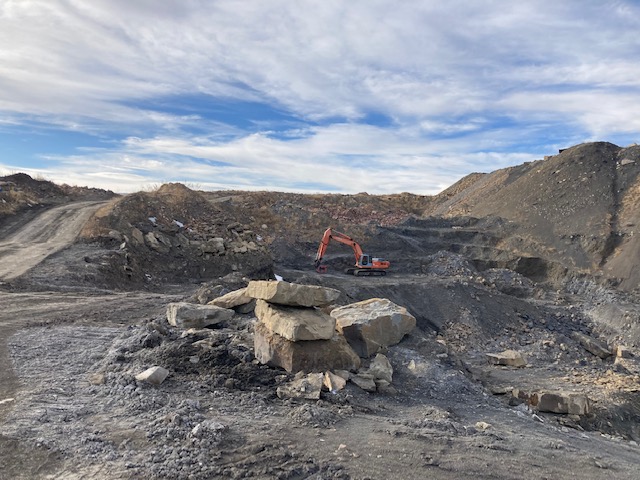
Stone veneer is an architectural design technique that involves a thin layer of stone used as a decorative, front-facing material on the side of a building. It is an incredibly popular style used in new and old builds alike that brings value through its aesthetic appeal and home durability benefits. Read on for a thorough overview, history, and analysis of this design feature that is central to today’s architecture.
Stone veneer is a thin layer of decorative material used to cover fireplaces, feature walls, and home exteriors. The stone is non-load bearing and only intended to be used for aesthetic purposes.
Veneer can be used to transform the outside of an otherwise bland-looking house or building. It increases the value of a home through its warmth, elegance, and perception of wealth due to the strong, powerful nature of stone as a building material; and it enjoys the benefits of unique combinations of materials, patterns, bonds, and colors.
Popular applications include siding for buildings, columns, landscaping, garages, entryways, gates, outdoor kitchens, and water features. Due to its versatility, stone veneer can be used in practically any situation to improve the aesthetic quality of interior and exterior builds.
Used as a stone finish to an existing structure, there are many benefits to expect. It allows for faster, lower cost of installation compared to using full blocks of stone and provides a traditional appearance to new buildings while allowing modern construction techniques. It also reduces waste, provides durability against weather erosion, and increases home value. Plus, it's very fashionable, affordable, customizable, and generally low maintenance.
While stone veneering was first introduced to architectural design in the 1800s, it is a technique that has been used throughout human history. The Romans, for example, built massive structures such as fortress walls and villas out of concrete and sometimes used a form of stone veneer to cover their exterior face.
It was first used with materials such as granite, marble, limestone, and slate and was limited to interior use only. By the 19th and 20th centuries, non-load-bearing stone veneers become very common, used in structures such as the Empire State Building, and by the 1950’s became the modernized version we use today.
Stone veneer comes in a variety of forms. The first distinction is its relative thickness, with thick stone veneer ranging from 4”-6” thick and weighing 40-75 lbs./square foot. It has a higher cost of installation, higher material cost, and requires a stronger mounting system. Thin stone veneering, on the other hand, can be half of the above dimensions; and after cutting, it maintains the same low maintenance, aesthetic quality, and durability as thick veneer.
The second distinction that is often made is the type of product design. This comes down to aesthetic appeal and is more than anything a personal customization decision. Natural stone veneer can be installed in a variety of ways including ashlar, chop, or random design. This coincides, of course, with your choice of stone.
An important consideration is whether to choose natural stone or manmade veneer stone. The only real benefit of manmade veneer stone is that it comes at a slightly lower cost – only by about $1-2/sq. ft. Manmade stone veneer only comes in a defined and predictable number of patterns, molds, and colors while natural stone offers practically unlimited potential regarding creative and custom patterns. Furthermore, natural stone offers a plethora of material types from limestone, granite, marble, bluestone, sandstone, quartz, and many others.
Natural stone is incredibly durable (as we all know), yet manmade veneer contains artificial coloring and chemicals causing it to fade, chip, damage, and become chalky. You can expect natural stone to be easily maintained and cleaned – in the rare case it does chip, the natural, colorful beauty will shine out. It doesn’t look ‘damaged’ in the same way manmade stone can become.
Manmade stone also unfortunately looks its very best the day it's installed but deteriorates over time, and any repair or replacement will surely add costs down the road. Natural stone veneer only becomes more beautiful throughout its life. The choice is obvious that natural stone is far superior to manmade.
Are you interested in taking your home to a beautiful next level? Visit our landscaping store or contact our experts at The Rock Garden for help and advice on your project!